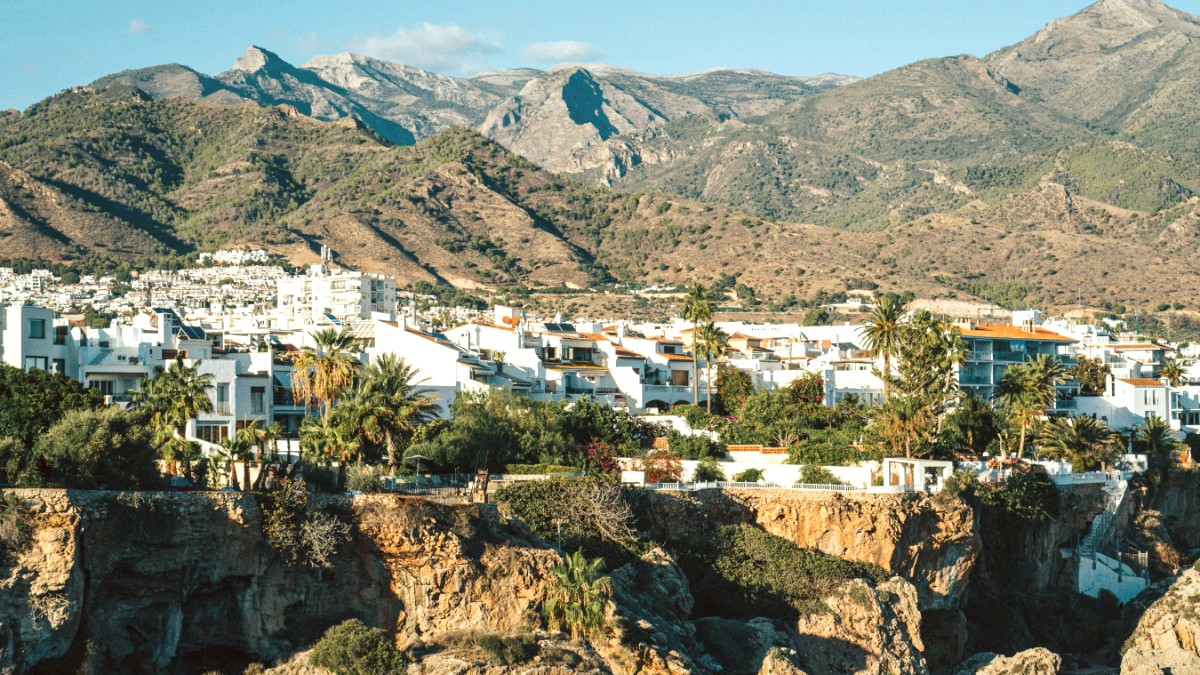
Andalucia, Spain
Andalusia's cuisine has deep roots in its Moorish history (8th to 15th centuries) and coastal location. Moorish influences introduced new agricultural methods, spices, and ingredients like rice and citrus.
The Mediterranean influence means abundant fresh seafood, olive oil, and vegetables. The Spanish tradition of "tapas" began in Andalusia, as small plates accompanying drinks.
A cornerstone ingredient, used generously. Andalusia is the world's largest olive oil producer.
Fresh fish and shellfish are central along the coast, a daily catch from the Mediterranean.
Tomatoes, peppers, garlic form dish bases. Cured hams like Jamón Serrano are widely consumed.
Assorted fresh local fish, lightly floured and deep-fried to a crispy, golden finish. A coastal staple.
Find at any "chiringuito" (beach restaurant).
Fresh sardines skewered on a cane, grilled over an open wood fire in boat-shaped barbecues on the beach.
A summer coastal dining highlight.
Ajoblanco: Cold garlic/almond soup with grapes/melon. Gazpacho: Famous cold tomato-based soup.
Perfect for warm days, summer classics.
Fried dough pastries, typically with thick hot chocolate for dipping. A breakfast or afternoon treat.
Fresh anchovies marinated in lemon juice, lightly fried. A simple, fresh snack.
Concentrated in Marbella, home to several Michelin-starred restaurants (e.g., Smoked Room or Leña by Dani Garcían). Malaga city also has high-end dining, including Sollo.
Abundant across the region, these establishments provide a blend of traditional Andalusian and classic Spanish dishes, alongside international options.
Excellent for budget-conscious meals. From tapas bars to casual beach restaurants and local markets.
Due to significant international tourism, the Costa del Sol has a wide range of global restaurants.
Find Italian, Asian (Chinese, Japanese, Thai), Indian, British, German, and many other cuisines.
Malaga city and Marbella typically present the largest selection of international dining experiences.
Increasingly available, especially in Malaga and Marbella. Look for "sin carne" or "vegetariano."
Awareness is growing. Communicate "sin gluten" clearly to staff. Consider a Translation card for allergies.
Limited specific restaurants. Consider vegetarian or fish options in general establishments.
Use apps like HappyCow for vegan/vegetarian dining. Always confirm with restaurant staff upon arrival.
Enjoy "torrijas" (similar to French toast) and "pestiños" (honey-glazed pastries).
Traditional shortbread cookies like "polvorones" and "mantecados" are widely available.
Tortilla Española: Spanish omelet (potatoes and eggs), served as tapa or main.
Chiringuitos: Quintessential informal beachside restaurants, specializing in fresh seafood grilled over open fires.
"Summer wine": red wine mixed with lemonade/soda. Sangria: well-known wine-based punch with fruit.
Discover sweet wines from Malaga (Moscatel, Pedro Ximénez) and dry sherries from Jerez de la Frontera.
Spaniards are serious about coffee: "café con leche," "cortado," "café solo." Cruzcampo is a widely popular local beer.
Almendras Fritas (fried, salted almonds) are simple and satisfying.
Spanish omelet with potatoes and eggs; a versatile tapa or main dish.
For a wide array of restaurant choices, consider platforms like TheFork (ElTenedor) or Google Maps reviews for local recommendations.
Wander through local neighborhoods and bustling squares to discover charming, authentic eateries.
Local residents can often point you towards the best hidden culinary gems and traditional spots.
Don't miss the local markets for fresh, seasonal produce. They are hubs offering a true taste of the region.